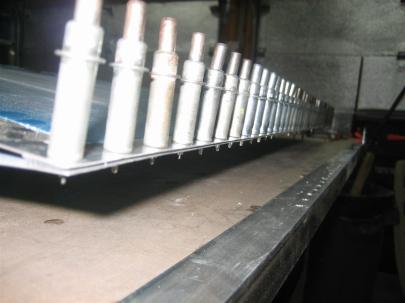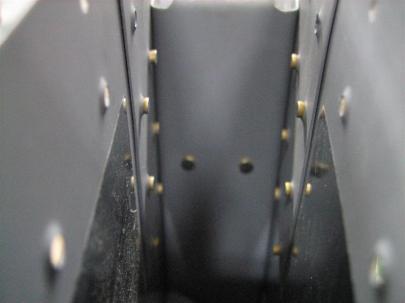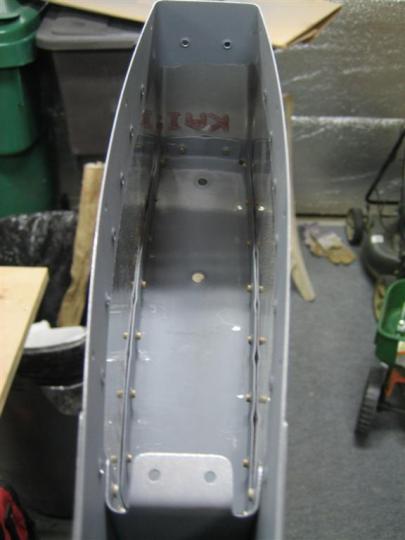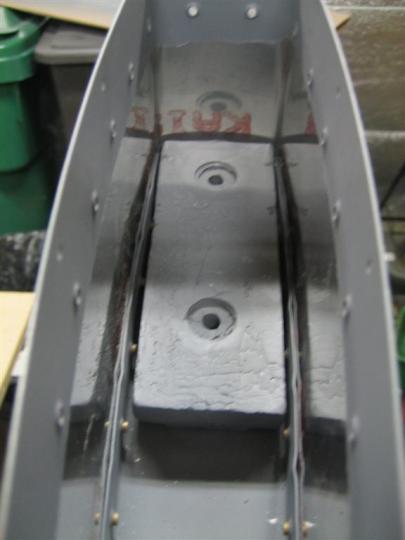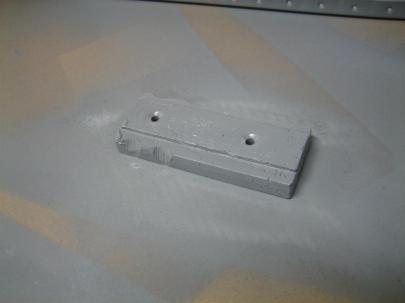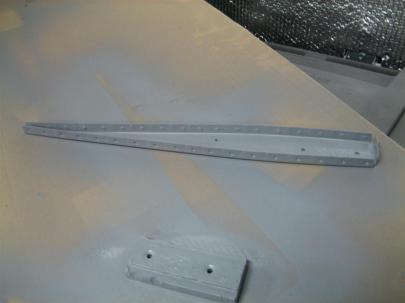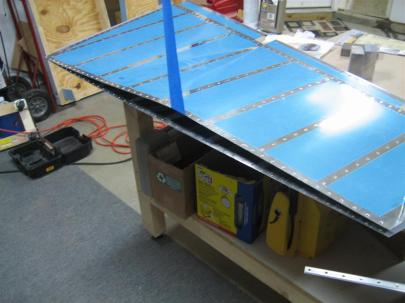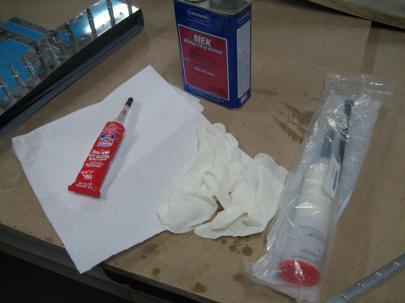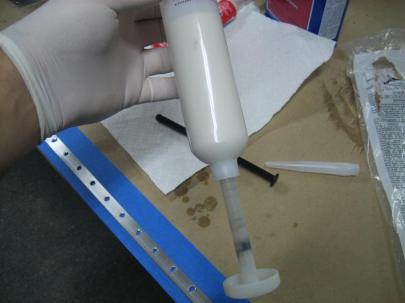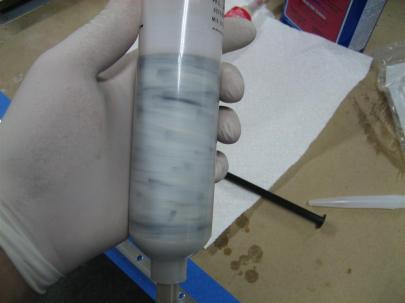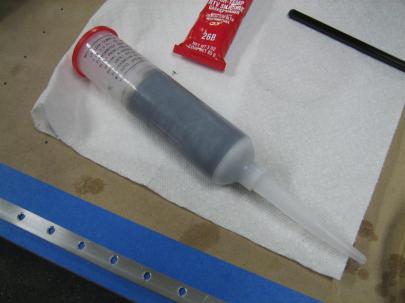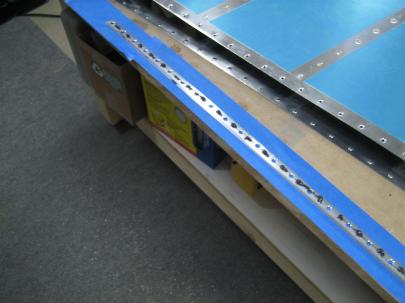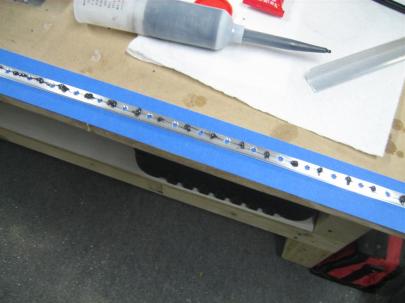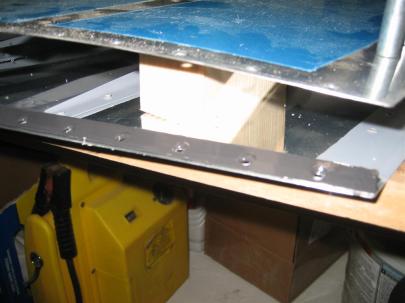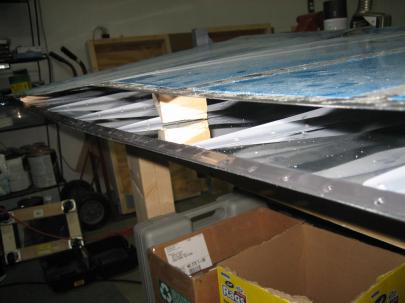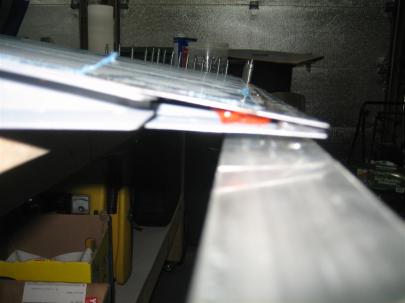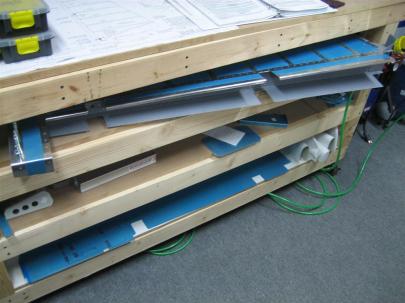Okay, so maybe FAIL is a little strong.
Let me back up a few days and explain how I got to FAIL.
Last week sometime (can’t remember when, it was a rough week at work), I ordered some things from B&C to make the wig-wag circuit I’ve been dreaming up.
Anyway, a small box with all my goodies appeared on Thursday, so of course I stayed up late trying to put my circuit together.
All I have as far as electrical tools is one of those $5 combination crimper/stripper tools that really sucks. After an hour of wiring, my hands were killing me, frustration levels were really high, and I made the decision that I needed both an automatic stripper (I hope that doesn’t set off the google search alarms) and a professional crimper. More on those later.
Anyway, that night, I ended up with this:
+14V will come in to the left, and the lights will be connected to the center terminals of the 2-3 switch in the picture. the fast-on connector at the top of the picture will eventually be connected to a timer circuit that will close the relay (top left) after 30 seconds.
It was too late to start hooking stuff up. Now. Back to the tools. I ran off to Lowe’s (after considering buying these things on eBay…no, they need to be sharp, and Lowe’s has the name brand one I want), and bought the STRIPMASTER.
And since I had never seen one work before, I grabbed this short video.
Pretty slick, huh? This is instead of about 60 seconds worth of stupid tool-knife-stupid tool-hurt hand-knife again-stupid tool just to strip one end of one wire.
Okay, let’s find some lights and start pushing electrons around!
Oh, and the wood is so you don’t start melting the nice carpet you’ve purchased for the workbench top. Ask me how I knew to do this.
Okay, let’s hook up my circuit.
This is LDG ON and WIGWAG OFF.
But. This is where bad stuff starting happening.
I threw the WIGWAG switch to ON and then used the simulated timer circuit to close the relay. Nothing happened (lights stayed on).
After a little more investigation, I figured out that both the normally open (NO) and normally closed (NC) contacts were getting +14V all the time. Tha’ts not good. (I knew I needed some diodes or something. I’ll investigate further seperately.)
During the investigation, I wanted to make sure that everything works as advertised.
I wired up the flasher from B&C. I don’t think it’s working correctly. What do you think?
It’s making a weird buzzing noise, and the first light comes on, then the second one starts to come on, but it doesn’t really finish a singe cycle. I’ll have to email the aeroelectric list about it and see what they say.
Since I didn’t get that huge satisfaction of a completely working circuit, I grabbed an automotive flasher I had on the shelf.
It’s the wrong flash pattern, and it won’t work with alternating lights, but it’s still cool.
Finally, I bypassed the B&C flasher and checked the relay operation.
First, I turn on the lights. Then, I turn on the wigwag, and the lights stay constant. Third, I’ll close the relay so current flows through the flasher (although since it’s not hooked up, the lights should turn on.) Let’s see what happens.
Wuhoo, my one electrical engineering class in college has paid off!
This was about an hour’s worth of work, and since it’s ultimately for the build, I’m going to count it as R&D time.
1.0 hours.
Oh, and the next day, I hooked just the wig wag portion up to my car battery, and it worked (I wonder what’s going on with my power supply…).
It’s a little fast for me. I wonder if there is a way to slow it down.










 Posted by Andrew
Posted by Andrew 